Dr. SAMUEL RAMSEY on Bee Population in Peril /210
Two varroa mites hitch a ride on a honey bee (Apis mellifera). Photo courtesy of USGS.
In the mid-2000s, estimates in the United States suggested that we were losing up to 40% of honeybee colonies. The phenomenon of Colony Collapse Disorder was widely covered in the media as the next emerging threat, and then it all but disappeared. Beyond these headlines, we never heard much follow up as to how bee populations were faring. This week we return to the bees with entomologist Dr. Samuel Ramsey.
An expert in parasitic mites, Dr. Ramsey gives us an in-depth explanation as to what parasitic mites like Varroa destructor and Tropilaelaps mean for bee health. How do parasitic mites interfere with bee’s ability to process pesticides? What is the connection between parasites and accessibility to beekeeping? Highlighting the intertwining issues of poor nutrition, pesticides, and parasites, Dr. Ramsey also shares how climate change impacts the nutritional quality of pollen and how human design and development has strengthened and spread parasitic mites to the disadvantage of bees globally.
“Everything has unintended consequences.”
Dr. Samuel Ramsey
Samuel Ramsey’s enduring interest in insect biology started 23 years ago and shows no signs of waning. Having earned his doctorate from Dr. Dennis vanEngelsdorp’s lab at the University of Maryland; Dr. Ramsey maintains a focus on how insect research can benefit the public through the development of IPM strategies and STEM-based outreach initiatives. His award-winning research on Varroa biology has changed the standing paradigm on how this parasite ultimately kills honey bees leading to opportunities to share his work nationally and internationally. His current work, aptly named the Fight the Mite Initiative, was funded largely by the beekeeping community. It focuses on the poorly understood Tropilaelaps mite which is rapidly establishing itself as the next threat to apiculture globally.
♫ Music featured in this episode is “Beanstalk” by Jeff Parker, “Natural Harmony” by The Mysterious They, and “Saka” by Gabriella di Capua
Episode References
Varroa destructor feeds primarily on honey bee fat body tissue and not hemolymph
How Rising CO2 Levels May Contribute to Die-Off of Bees
“Neonicotinoids are the new DDT killing the natural world”
We aim to be a gathering place for ideas and solutions ensuring that the growing body of work that we steward remains accessible to the public. If you want to see us continue, or perhaps are especially moved by the episode you are listening to today, please become a monthly sustaining member through our Patreon or consider making a one-time donation directly to us through our website. To stay up-to-date on our work, sign up for our newsletter.



For The Wild is a slow media organization dedicated to land-based protection, co-liberation, and intersectional storytelling. We are rooted in a paradigm shift away from human supremacy, endless growth, and consumerism. As we dream towards a world of grounded justice and reciprocity, our work highlights impactful stories and deeply-felt meaning making as balms for these times.